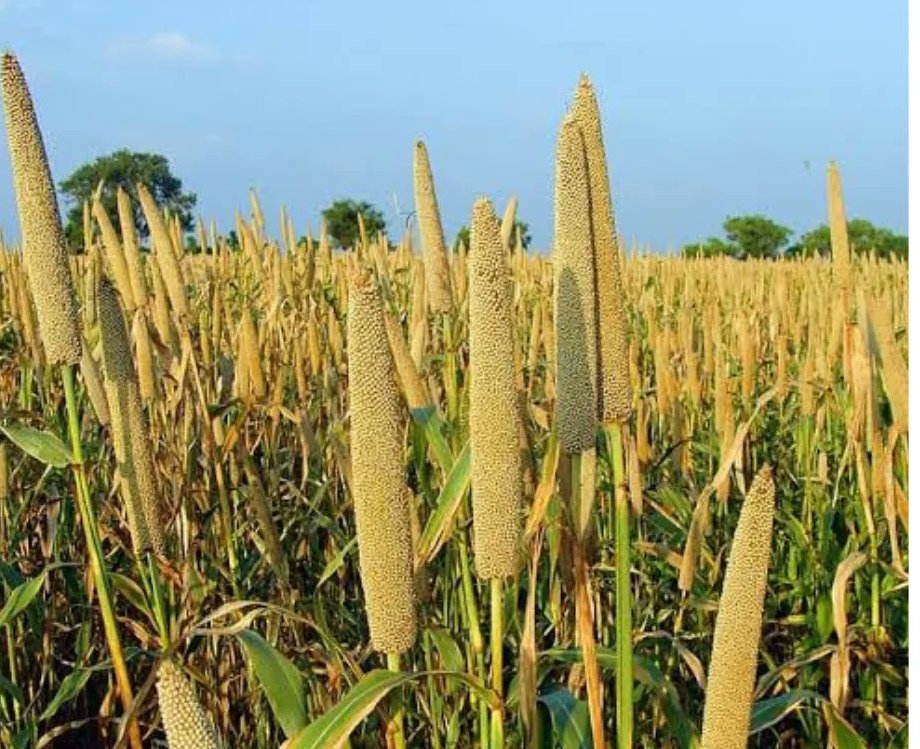|
Getting your Trinity Audio player ready…
|
Millets – a cereal grain that belongs to the grass family are repositories of protein, fibre, vitamins, and minerals. Thus, it is often touted as a ’superfood’ because of its nutritional value. The best part is that this grain can be used in everything – from sides to salads and mains. There are different kinds of Millets, which include:
– Jowar (Sorghum)
– Ragi (Finger Millet)
– Korra (Foxtail Millet)
– Arke (Kodo Millet)
– Sama (Little Millet)
– Bajra (Pearl Millet)
– Chena/Barr (Proso Millet)
– Sanwa (Barnyard Millet)
Also Read: Union Finance Minister Nirmala Sitharaman Announces ‘Millet Challenge’ For The Start-Ups
Known as the ancient native crop of India, Millet is also one of the oldest cultivated grains in the world. It has been growing throughout Africa and Southeast Asia for thousands of years. According to the Ministry of Agriculture in India, Millets are traditional grains, grown and consumed in the Indian subcontinent for the past 5000 years.
According to researchers of the International Crops Research Institute of the Semi-Arid Tropics (ICRISAT), if rice is replaced by millet in meals for a duration ranging from three months to four and a half years, it can boost growth in children and adolescents by 26 percent to 39 percent.
Also Read: Study Shows Regular Millet Consumption Can Combat Anaemia
Here’s a breakdown of the nutritional value of Millets:
1. Nutritional Content That Makes Millet A Superfood
As per the Indian Institute of Millets Research (IIMR), Millets are nutritionally superior to other grains, it contains a high number of proteins, essential amino acids, minerals, and vitamins. IIMR states that Millets contain:
– 7-12 percent protein
– 2-5 percent fat
– 65-75 percent carbohydrates
– 15-20 percent dietary fibre
– Finger millet (Ragi) is the richest source of calcium, it contains around 300-350 mg/100 g
IIMR also adds that Millets are also a natural source of iron, zinc, calcium, and other nutrients that are essential for curbing the problem of malnutrition, which is highly prevalent in India.
2. Consuming Millets Improve Digestive System
According to Food Safety and Standard Authority of India (FSSAI), Millets have a high amount of dietary fibre, therefore, it often acts as a “prebiotic,” which means it supports good bacteria in your digestive system. FSSAI also states that dietary fibre is also important for adding bulk to stools, which helps keep you regular ((MEANING?)) and reduces your risk of colon cancer.
3. Millets Are Good For Your Skin
According to IIMR, along with the nutritional properties, Millets have a higher content of niacin, which helps the body manage more than 400 enzyme reactions. Niacin is also very important for healthy skin and organ function.
4. Millets Help Fight Diseases
Food Security and Standard Authority of India adds that millets can help prevent cardiovascular diseases as millet consumption decreases triglycerides and C. Millets are also known for preventing Type 2 diabetes and reducing blood pressure.
5. Millets Control Blood Sugar
IIMR states that Millets contain slow-releasing glucose and are low in glycemic index. According to experts, this is a very important factor in fighting the global problem of diabetes. IIMR also adds that it is well recognized that the incidence of diabetes mellitus and gastrointestinal tract-related disorders are minimal among the population using Millet grains as a staple food.
6. Millets Protect Your Heart
As per IIMR, The fiber present in Millet helps reduce the amount of “bad” cholesterol in the blood. Secondly, the fiber helps in absorbing cholesterol, allowing it to be safely carried out of your system. Some studies have shown that consuming Millet regularly can also raise your “good” cholesterol levels and lower triglycerides.
Now, because cholesterol is a big risk factor for heart disease, eating Millet indirectly helps keep your heart health.
7. Millets Are Also Good For The Planet
Apart from all these health benefits of the crop, Millet is also tagged as a ‘Smart Crop’ as there are advantages loaded in its favour such as low-maintenance, disease, pest resistance, and ecological benefits, states International Crops Research Institute for the Semi-Arid Tropics. It also adds that Millet is known as C4 crops as they have higher efficiency in absorbing and utilizing carbon dioxide. It also adds that most varieties of Millet are well known for their hardiness and have the capacity to withstand prolonged periods of drought, and high temperatures and still produce grains and fodder.
Source: NDTV
